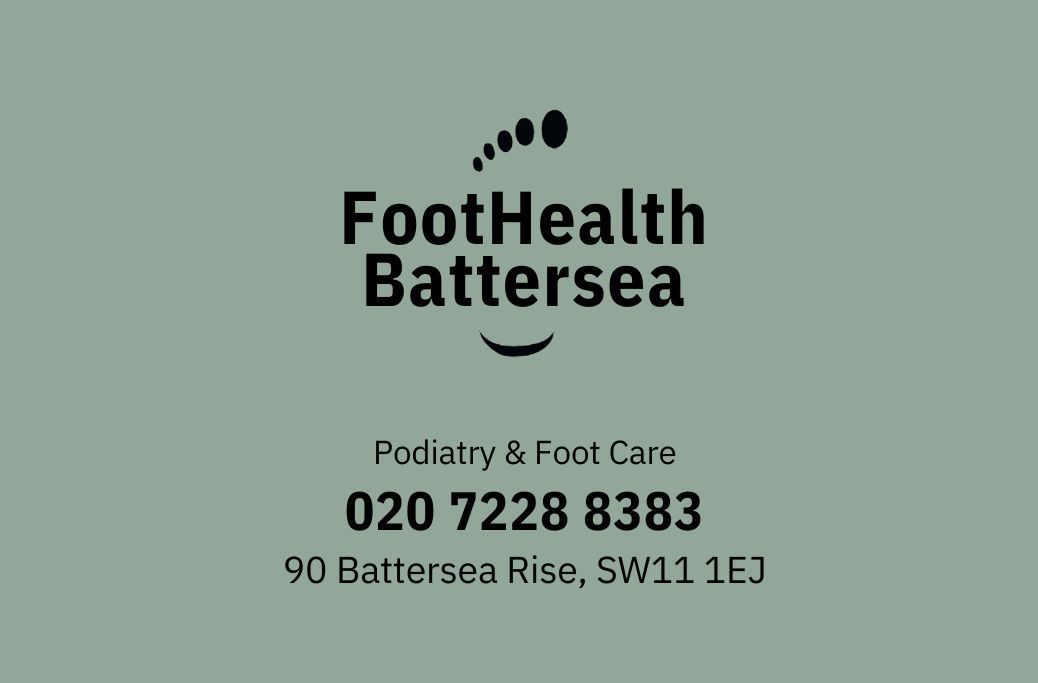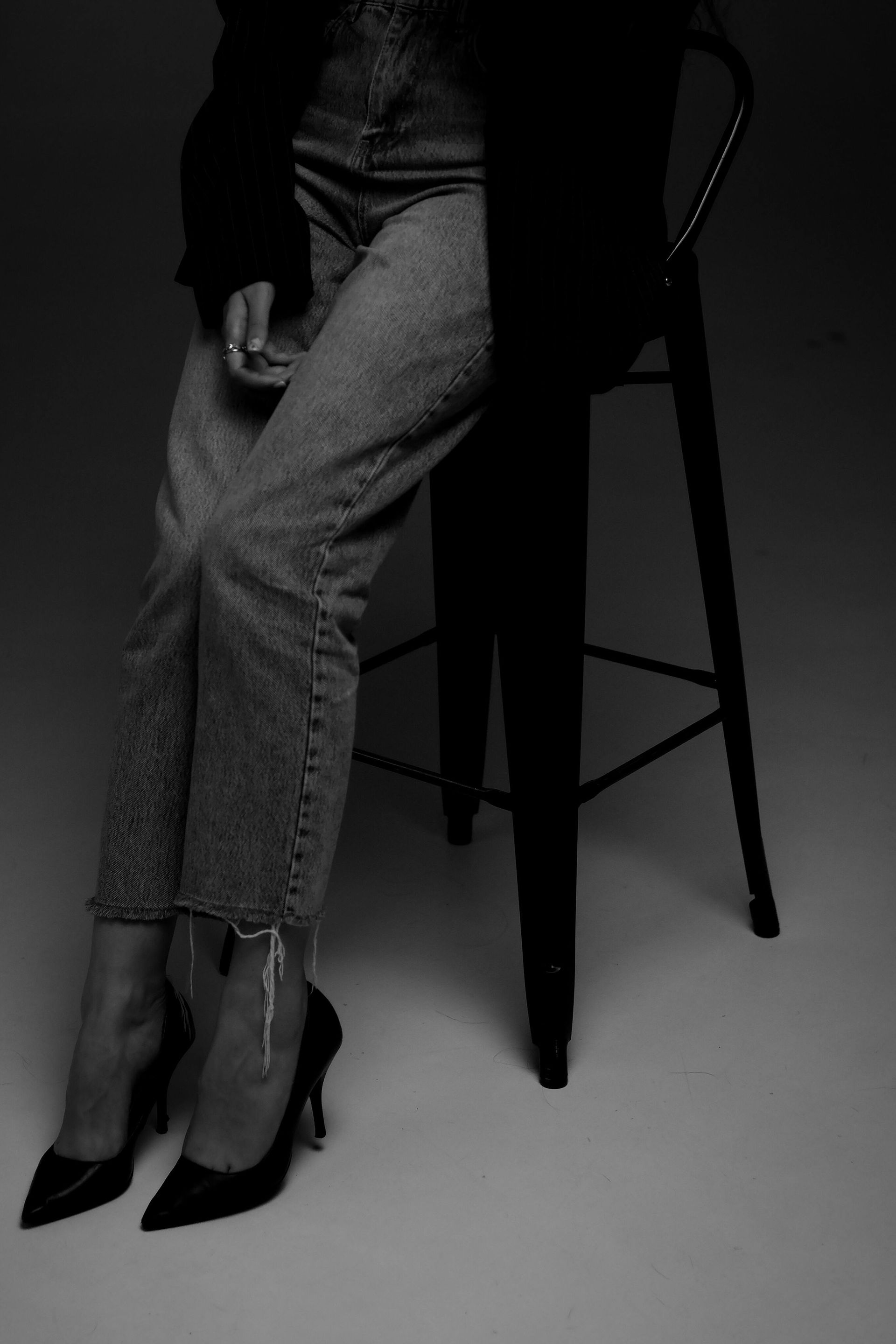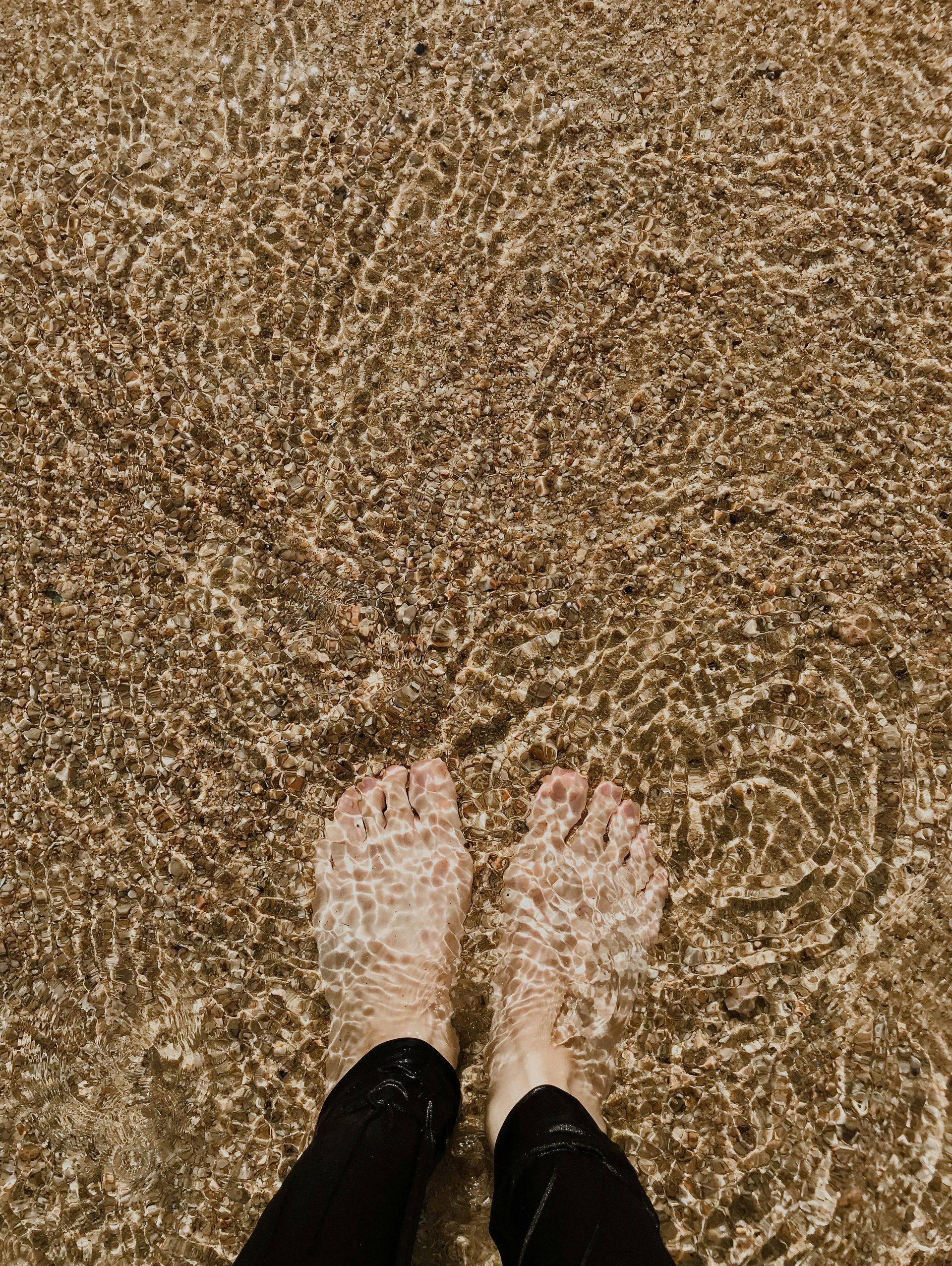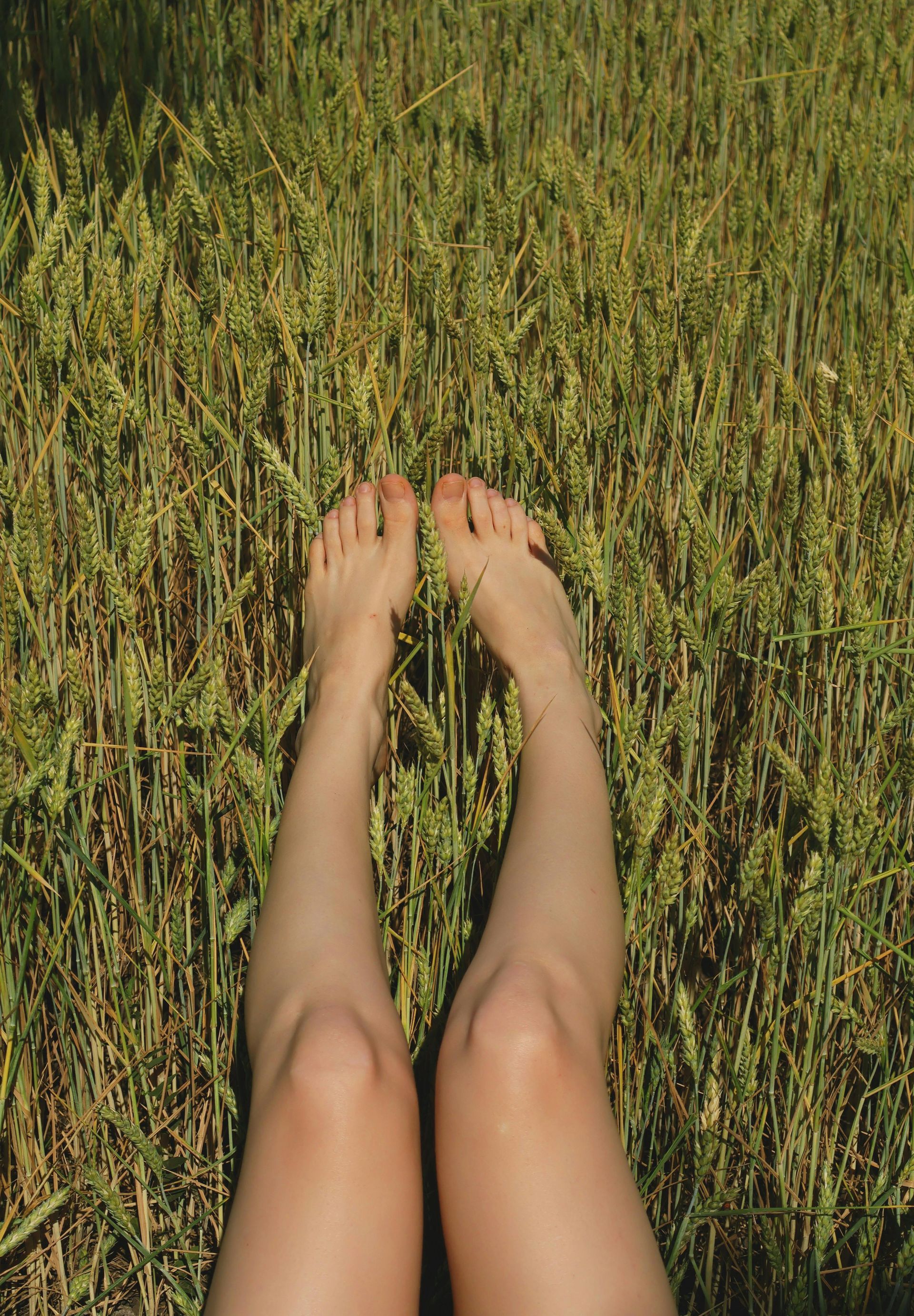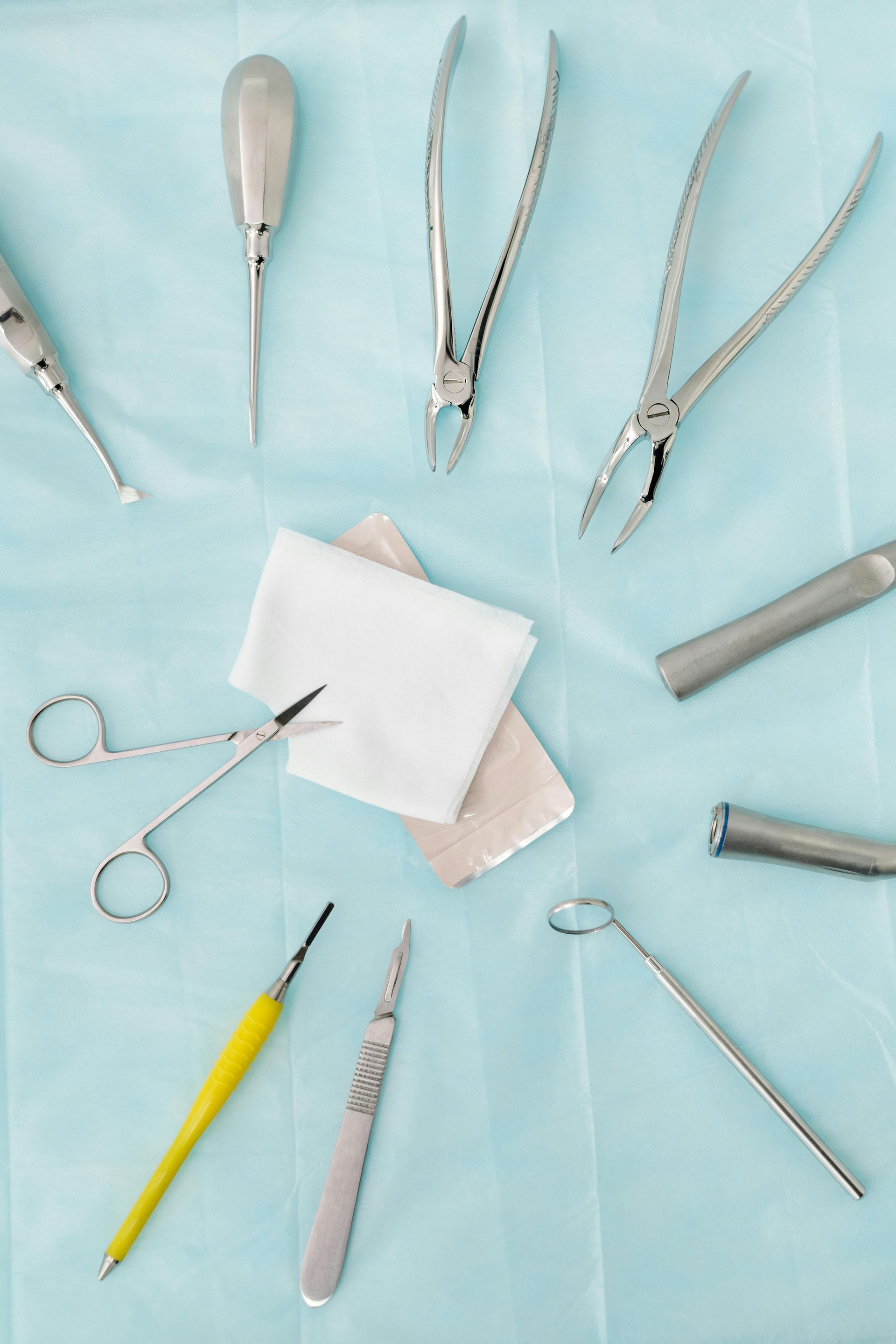Everything about Verrucae - warts and all!
Val Reeves • 29 October 2020

As we approach Halloween this weekend I thought it would be the perfect
opportunity to talk about a foot ailment that plagues many of us,
so let’s find out more about the verruca...warts and all!
Verruca, Plantar wart!
Firstly it’s important to know that verruca (plural is verrucae) and warts are exactly the same thing. The words are old English, verruca is of Latin origin and wart is of Germanic origin. It is often easier to call a verruca a plantar wart (plantar refers to the sole of the foot). As Podiatrists, at FootHealth Battersea, we are qualified to treat warts anywhere on the lower limb and hands.
Warts are caused by the Human papilloma virus - HPV. There are over 200 subtypes of HPV and whilst some HPV can undergo malignant changes, this is NOT THE CASE with the subtypes which are most common on the hands and feet.
Different subtypes of HPV give rise to different plantar warts, eg single lesion, multiple lesion, mosaic. These lesions have different presentations on the foot and will have varying degrees of presentation and pain.
Unfortunately plantar warts are extremely common and we at FootHealth Battersea see hundreds every year.
They are not dangerous lesions but they can be both painful and unsightly and can have an affect on the quality of life.
We frequently see several members of the same family all with plantar warts. Unfortunately this is because HPV is contagious. The very tiny virus enters through damaged or weakened skin, often this is wet skin. Having a plantar wart is not down to poor hygiene! Your podiatrist can give you advice on precautions to take to try to prevent the spread of the wart such as having your own bath mats and cleaning shower trays but this virus has an incubation period, after being infected, of around 8 months before you will see any evidence of the wart. You may have already, unknowingly, spread it to someone else. You must avoid picking a wart, not only do you risk spreading infected cells into other nearby areas of skin but you also risk spreading it to sites under your nails or to your face or lips.
Many people think that plantar warts are due to a weakened immune system but this is not the case. The virus causing the plantar wart sits very superficially in the skin and as a result, the body’s defense system doesn’t come into contact with the virus so the fighter cells in an immune response are not activated.
Some plantar warts will simply disappear without treatment, especially on the very young, so we will sometimes advice a patient to record the lesion with a photo and merely observe it, returning for treatment only if it cause pain or spreads to either a different area of the foot or to other members of the family.
So, what do plantar warts look like?
Unless someone is trained on how to diagnose warts, they can be difficult to correctly differentiate from other lesions such as corns, splinters, and many other common lesions on the feet.
Contrary to popular belief, not all plantar warts have tiny black spots or dots, although many do. The black dots are literally just where the tiny blood vessels have bled slightly into the wart lesion so bear in mind that black spots can be found in other non wart lesions too. Because most warts found on the foot are situated on the sole of the foot which is a weight-bearing area, the normal lumpy “cauliflower” appearance of a wart found elsewhere, eg the hand, is not seen. Instead, the lesion is pushed deeper into the skin so you may see very little. You may see something which, to the untrained eye, looks very similar to a corn. There may be a slight change to the colour of the skin. A podiatrist knows how to check the skin striations (the skin lines; think of a finger print) to see whether the wart has broken them or pushed them into a different pattern. We also check your response to different sorts of pressure on and around the lesion to confirm our diagnosis. It can be dangerous to assume the lesion you have is “just a verruca” and just apply an over the counter chemical. Always make sure you know what you’re treating and get advice. Unfortunately, at FootHealth Battersea we see too many people who have either self diagnosed (possibly with help from Dr Google) or even been given incorrect advice in the chemist.
What treatments are available?
Unfortunately there is not one perfect treatment for all, if there was we would drop all the others. You should expect to need to return for treatment for at least a few weeks but some stubborn warts may require longer to completely eradicate.
The first and very important step for us is to take a medical history - this can make a significant difference to which treatment path is chosen. At FootHealth Battersea, we will never decide on a treatment plan without discussing the options suitable for you first. If the patient is a child or someone with health issues there may be different options available. Bearing in mind that the wart tissue must be destroyed, following any treatment there is a possibility of discomfort or pain. You will always be given post treatment advice and we will always try to see you as soon as possible if you need to return before your planned return time.
Over the years we have always kept up to date with any new methods of treatment but if some have proven ineffective, we have removed them them from our treatment options.
There are some plantar warts that prove to be resistant to certain treatments and if this proves to be the case we will work with you to change the plan.
The treatment options that we currently use at FootHealth Battersea are:
Chemicals
There are many different chemicals suitable for use on a plantar wart. Generally the chemical is an acid but alkalis can also be used. Some acids will cause the tissues of the wart to attract and retain water effectively water logging the cells. The damaged, waterlogged skin can then be removed. Other acids work by drying out the tissues or dehydrating them. Both of these methods will cause the affected cells to die along with the viral particles. Both methods are effective and may be used alone or in conjunction with another treatment.
Freezing
We can freeze the wart using liquid nitrogen. The method we use is considerably colder and under greater pressure than the ‘over the counter’ freeze sprays available. This method is not suitable for all, the treatment may cause some short term discomfort or pain during the treatment but most adults and many older children find it bearable.
Faulkner’s Needling
This treatment actually works by activating the body’s own immune response. The treatment is carried out under a local anaesthetic which is given either at or beside the site of the wart or at a site in the ankle. The virus is pushed deeper into the tissues with a very fine needle, activating the body’s fighter cells which will then attack the viral infected cells.
As mentioned earlier, some treatments may require one or more sessions, may cause either a degree of blistering/pain/discomfort and may need to be kept covered and dry for a number of days, but our podiatrists are very familiar with each of the treatments and happy to discuss the best route for you.
Methods we don’t recommend!
A quick search on google will bring many weird and wonderful ‘treatments’ to light! The following are just a few....
Banana skin taped to the wart
This was popular some years ago until a number of people, dermatologists and podiatrists reported evidence of a tropical worm infestation in the skin!!
Duct tape
This is very popular on social media even now, however, this tape has been developed for industrial use and can cause both allergic reactions and even contact dermatitis. Despite early studies which appeared to show this as an effective treatment, it turned out that the study group was very small and recent studies carried out have proven that there is no greater result with duct tape than with a placebo!
Vitamins to boost the immune system
Whilst these may be useful for general health and to prevent infection with other viruses, HPV, as seen earlier, does not trigger an immune response boosted or otherwise.
There are many folklore and fable type ‘treatments’ such as burying a steak under a full moon. Does this work? We’d love it to but unfortunately it seems not!
You can watch our video with our Clinical Director answering your most common questions about verruca by clicking here.
